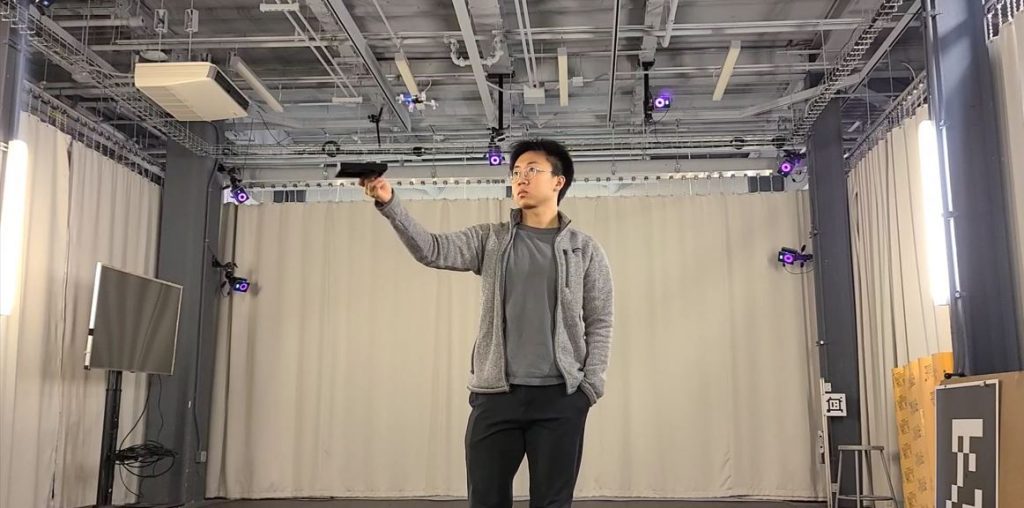Academic Resilience Meets Startup Grit: My Ph.D. Journey Through Penn and Beyond
November 20, 2024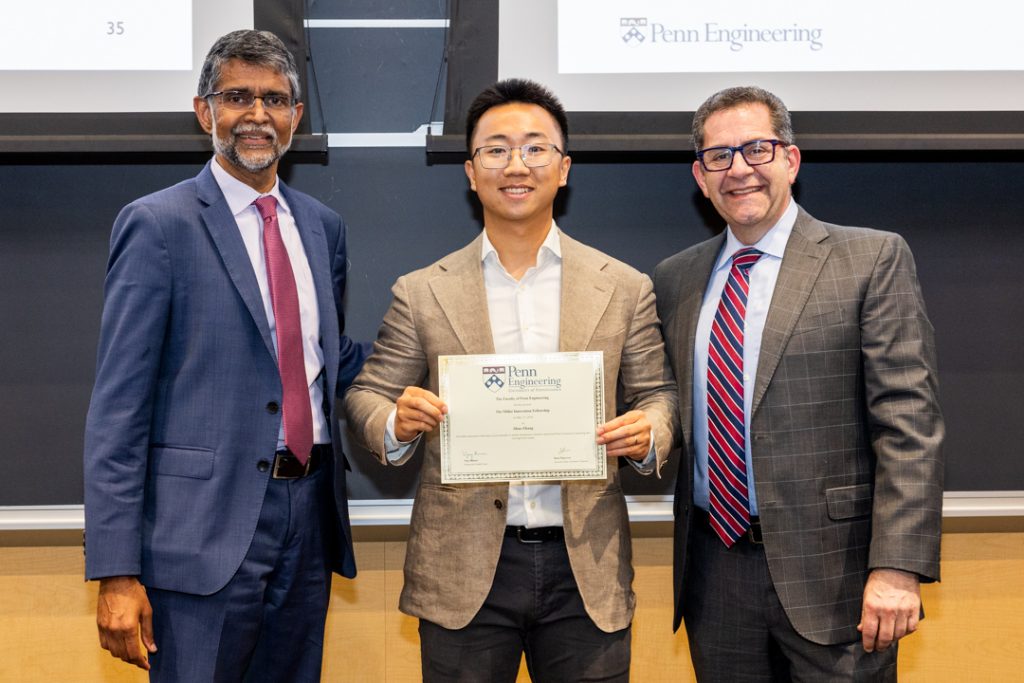
Written by Dr. Tom Zhang
A week after defending my Ph.D. dissertation, I’m still decompressing from the whirlwind of my five years at Penn Engineering. It’s been an intense, exhilarating, and deeply rewarding journey—one that’s transformed me in ways I never anticipated.
During college, I took a gap year to intern at three different companies and learned two crucial things about myself. First, I craved project ownership. Seeing a project through from start to finish brought me the greatest fulfillment. Second, I loved understanding the underlying nature of things: how systems work, how people collaborate, and how processes come together. My options became clear—either a PhD. or a startup. Both offered complete project ownership but in different ways. A Ph.D. promised rigorous, critical thinking and autonomy. On the other hand, a startup demanded working with people from all walks of life to bring an idea to life in the face of significant uncertainty. So why not try both?
Penn Engineering was the perfect place to pursue these dreams. The collaborative spirit of the GRASP Lab, which I witnessed firsthand during my campus visit, left a lasting impression. Faculty and students exchanged ideas in a way that was lively and enriching. Coupled with Penn’s robust entrepreneurial ecosystem – resources from the Wharton School, Venture Lab, and Engineering Entrepreneurship – it was an easy decision.
Starting a Ph.D. was a fresh and humbling experience. The autonomy felt daunting initially, but I quickly realized the opportunity it presented. My first year was a period of exploration, taking courses and tinkering with ideas. I’m grateful to my advisor, Dr. M. Ani Hsieh, who entertained every wild idea I came up with. Unlike some of my peers, who worked on pre-existing grants, I was fortunate that Dr. Hsieh secured funding for projects I personally devised. The sense of agency was empowering and kept me motivated to deliver results.

Then came 2020, and COVID-19 changed everything. During a spring break trip to Illinois, campus activities were halted, and I found myself stranded with only a Chromebook. Dr. Hsieh’s leadership during the pandemic was a guiding light. She reassured our lab with timely updates and worked tirelessly to support us. Upon hearing about my situation, she arranged for compute resources to be shipped to my temporary residence. What could have been a setback turned into one of the most productive periods of my academic life. I woke up at dawn, often dreaming about my research, deeply immersed in developing ideas that eventually led to my first paper. Dr. Hsieh and I would dive into deep discussions, connecting ideas and envisioning their impact on robotics. Her support was transformative.
By my third year, I had published four first-author papers that I was incredibly proud of. Yet, something felt missing. As a roboticist, I often wrote about how my work could impact real-world applications, but I couldn’t shake the feeling that these claims might be overly imaginary. Could my methods truly help search and rescue teams? Were my assumptions valid? These questions drew me toward entrepreneurship. It was time to test myself in the real world. I had no clue where to start, so I enrolled in EAS545: Engineering Entrepreneurship. The course was a game-changer. Led by Professor Jeffrey Babin, an experienced entrepreneur, it was intensely practical and brought in speakers from venture capital firms and startups. I often stayed late to chat with the speakers, and Professor Babin’s 8 a.m. office hours became invaluable one-on-one consulting sessions that prepared me to launch my own venture.
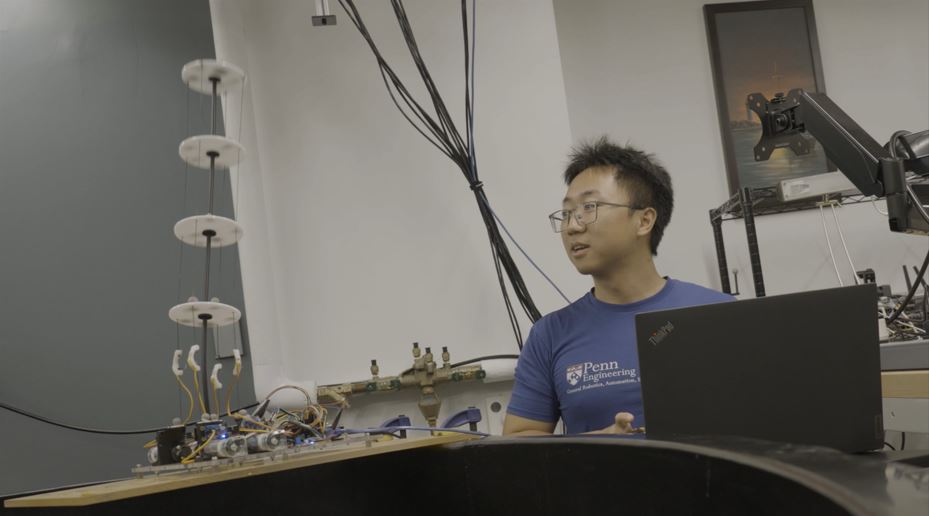
Inspired and eager to act, I knew intensity was the price of excellence. Armed with insights from Thinking, Fast and Slow by Daniel Kahneman, which warned me against the cognitive bias of “What You See Is All There Is” (WYSIATI), I embarked on a rigorous three-month market discovery campaign. I emailed and cold-called hundreds of industry professionals, refining my approach with each interaction. I kept my background abstract—“I’m in Automation and AI”—to keep conversations open and exploratory. I dove into business conferences, scoured IBISWorld and PitchBook for market and competitor research, and tapped into the alumni network to connect with executives and engineers. The Penn network is extraordinary, and being a student opened doors that would have otherwise been closed.

Market discovery evolved into a science. I learned how to craft effective emails, write compelling subject lines, and propose meetings that people would accept. Later on, I realized that a similar process is called lead generation in business. I visited factories, farms, and research facilities, spanning industries from renewable energy to warehouse management. Each visit deepened my understanding of AI and automation’s real-world challenges and opportunities. The insights from my research during those months are helpful to this day.
Eventually, I landed on a problem worth solving: building automation tools for orchards to combat labor shortages. This led to the founding of Daxo Industries, with a mission to address some of the most pressing labor challenges in agriculture, starting with apple orchards. People often ask, “Why orchards?” The decision was driven by a combination of factors: market size, existing technology gaps, the competitive landscape, and my personal passion. When you consider all these variables, the choice becomes clearer. I was fortunate to partner with Leighton Rice, the VP of Quality at a major East Coast packing house. Together, we iterated on product ideas and secured funding from the Wharton Innovation Fund, M&T Innovation Fund, and the Miller Innovation Fellowship. We built early momentum with invaluable support from Penn Engineering Entrepreneurship and Venture Lab.
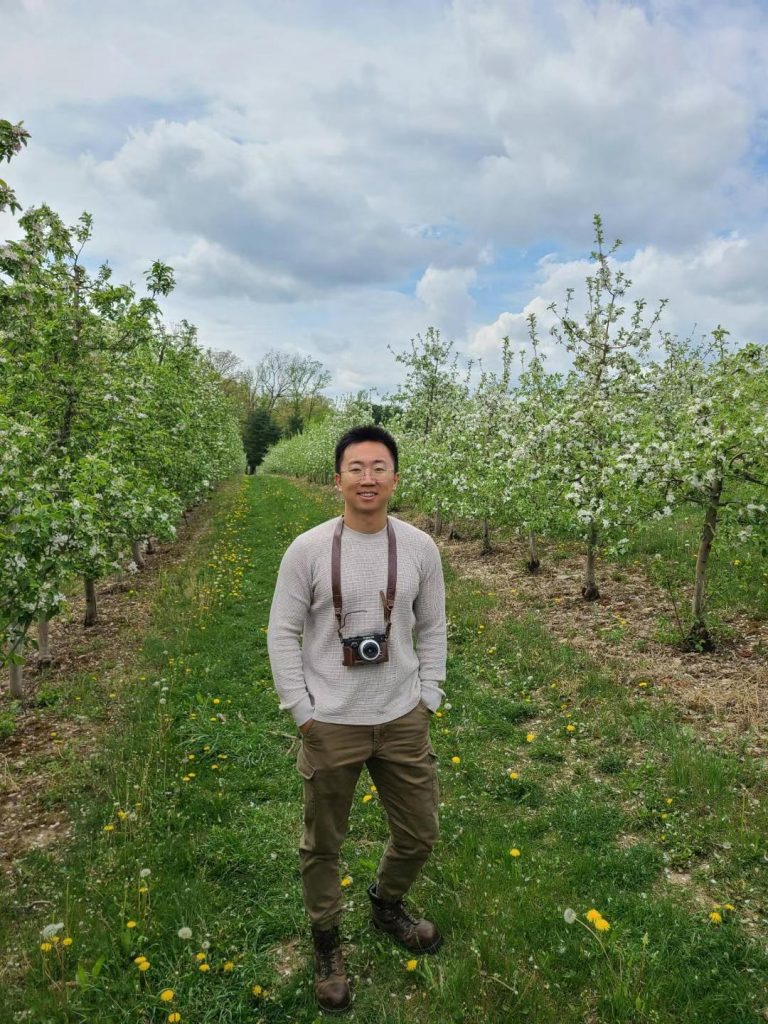
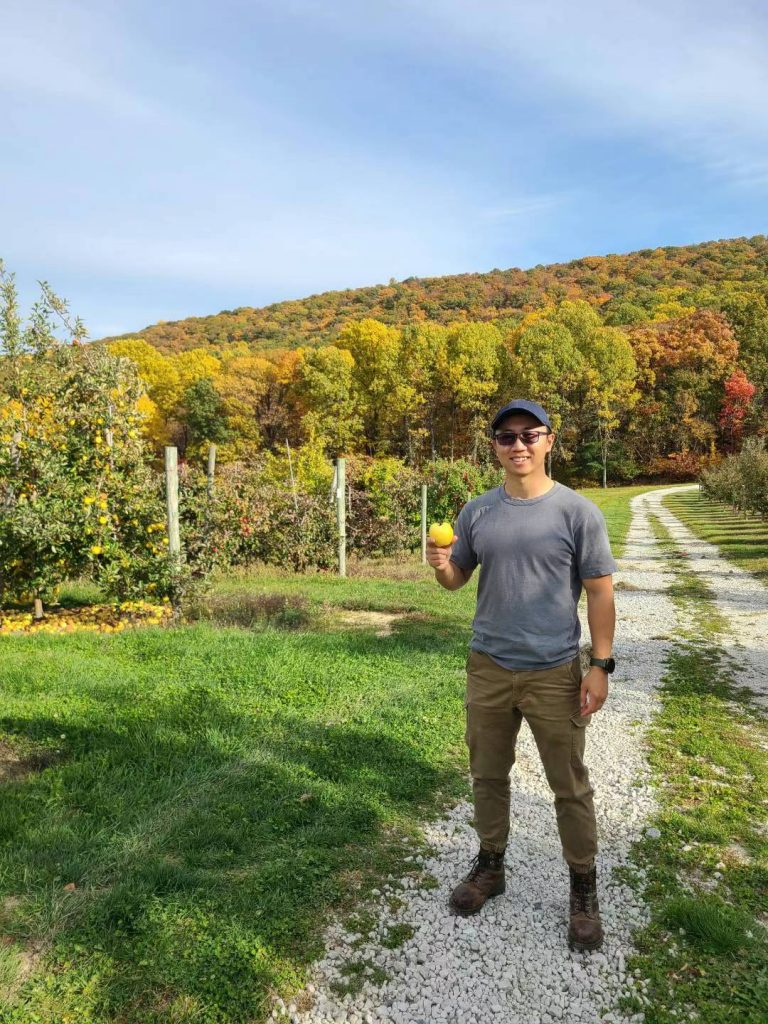
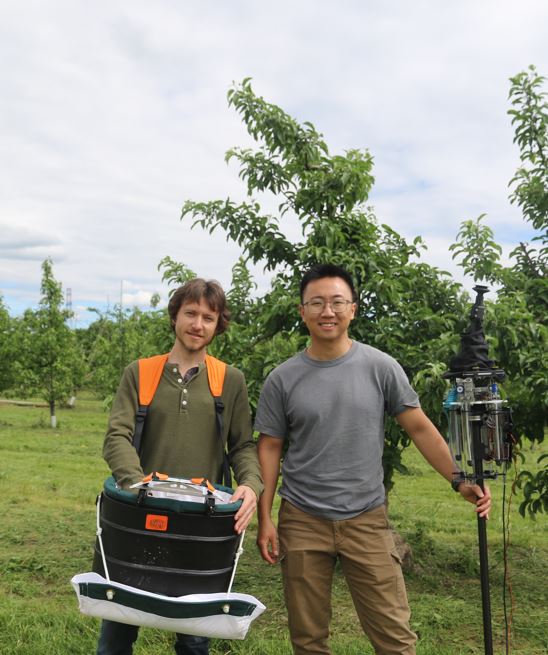
Now, our startup has secured paying customers, closed a pre-seed round, and built a high-energy team of the most capable and trustworthy people I know. With my dissertation defense behind me, I’m ready for the next chapter, knowing there will be even more challenges ahead.
Academia and entrepreneurship are both tests of resilience, grit, and deep thinking. My first paper was rejected five times before finding a home, and most of my market discovery emails went unanswered. I heard “It probably won’t work” countless times. Yet, relentless focus and intensity helped me overcome challenges. In both worlds, progress often comes from revisiting the fundamentals: when research stalled, it was returning to first principles that led to breakthroughs, and in business, stepping back to reevaluate the basics often solved complex problems.
But academia and entrepreneurship also differ profoundly. Academia is about perfection – pushing a paper to the limit of excellence with limited resources. In startups, getting things done matters more than having them be perfect, especially in the early stages. The social aspect is starkly different, too. Academia is solitary, with long stretches of deep, often asocial work. However, entrepreneurship is about constant interaction – talking to customers, investors, lawyers, and mentors to navigate an uncertain landscape full of unknowns.
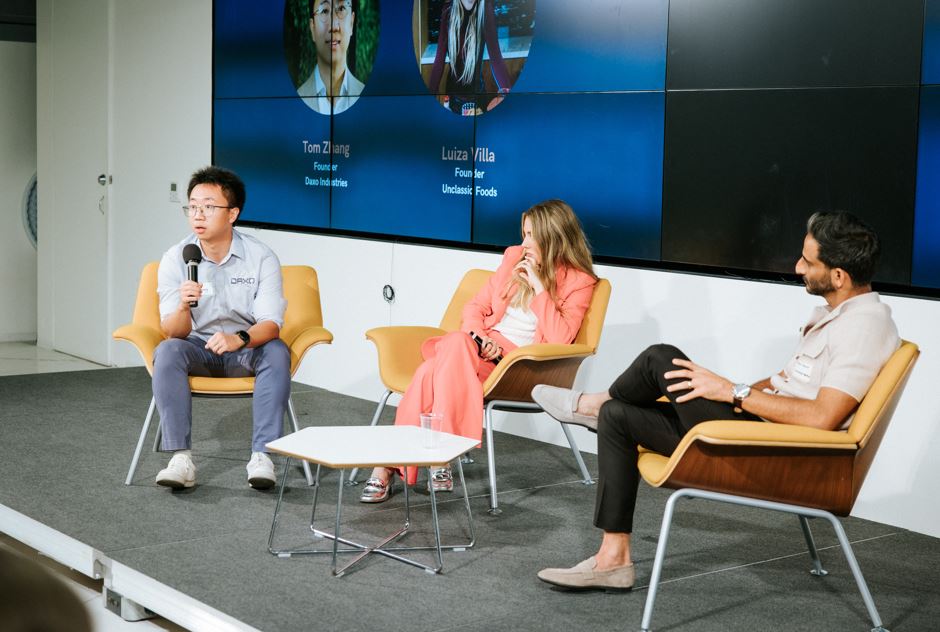
Pursuing a Ph.D. while starting a company is not for the faint of heart. It’s a path filled with challenges, setbacks, and a whole lot of uncertainty. When friends ask if they should try it, I often answer, “Maybe not.” But for those who persist, for those who have an unquenchable fire to solve real-world problems, I’m always ready to help them dive deep and start building. My startup is still in the early stages, and while we’ve had a decent start, there’s so much more to prove. I’m grateful for the support I’ve received and eager to give back to the community – whether it’s sharing tips and lessons or just being a listening ear. Because while the journey is demanding, it’s one of the most thrilling and rewarding adventures you can embark on.

